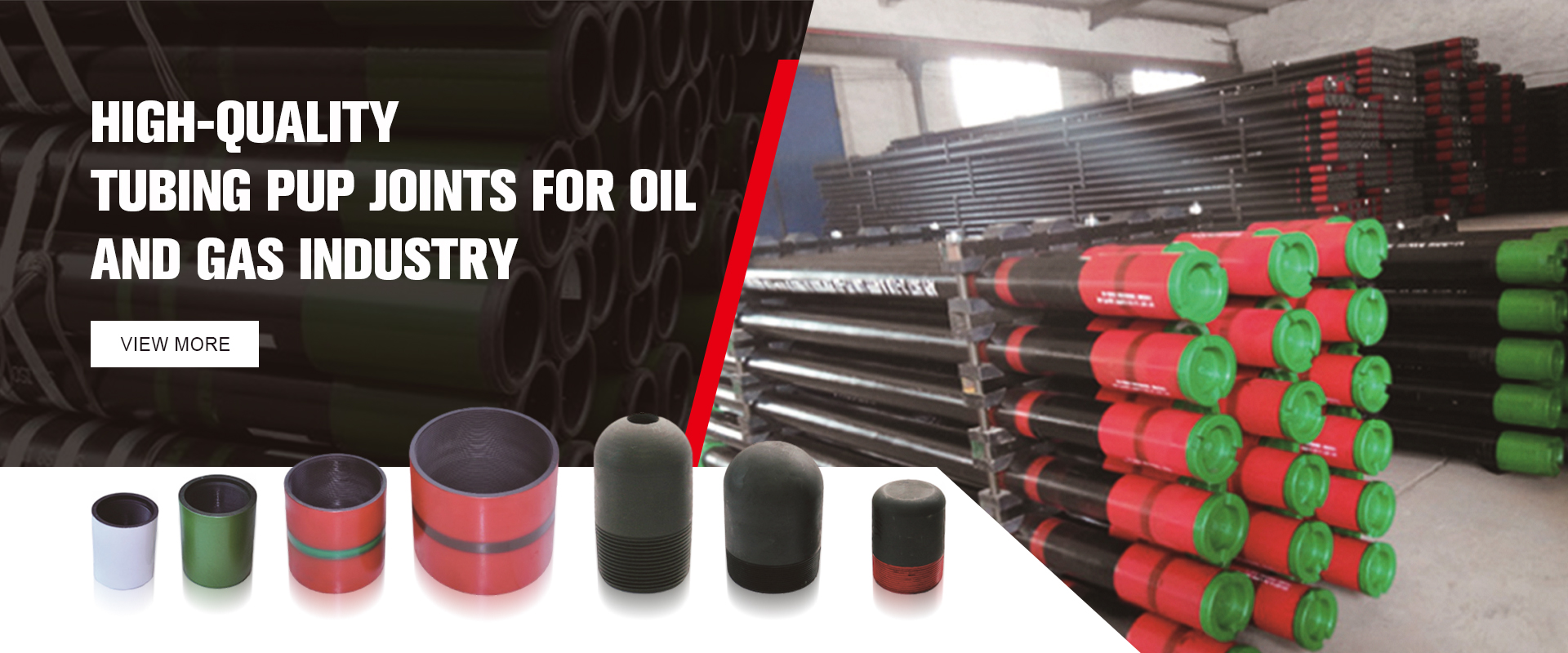- Afrikaans
- Albanian
- Amharic
- Arabic
- Armenian
- Azerbaijani
- Basque
- Belarusian
- Bengali
- Bosnian
- Bulgarian
- Catalan
- Cebuano
- Corsican
- Croatian
- Czech
- Danish
- Dutch
- English
- Esperanto
- Estonian
- Finnish
- French
- Frisian
- Galician
- Georgian
- German
- Greek
- Gujarati
- Haitian Creole
- hausa
- hawaiian
- Hebrew
- Hindi
- Miao
- Hungarian
- Icelandic
- igbo
- Indonesian
- irish
- Italian
- Japanese
- Javanese
- Kannada
- kazakh
- Khmer
- Rwandese
- Korean
- Kurdish
- Kyrgyz
- Lao
- Latin
- Latvian
- Lithuanian
- Luxembourgish
- Macedonian
- Malgashi
- Malay
- Malayalam
- Maltese
- Maori
- Marathi
- Mongolian
- Myanmar
- Nepali
- Norwegian
- Norwegian
- Occitan
- Pashto
- Persian
- Polish
- Portuguese
- Punjabi
- Romanian
- Russian
- Samoan
- Scottish Gaelic
- Serbian
- Sesotho
- Shona
- Sindhi
- Sinhala
- Slovak
- Slovenian
- Somali
- Spanish
- Sundanese
- Swahili
- Swedish
- Tagalog
- Tajik
- Tamil
- Tatar
- Telugu
- Thai
- Turkish
- Turkmen
- Ukrainian
- Urdu
- Uighur
- Uzbek
- Vietnamese
- Welsh
- Bantu
- Yiddish
- Yoruba
- Zulu
coupling for tubing
Understanding Coupling for Tubing An Essential Element in Modern Engineering
In the realm of mechanical and civil engineering, the efficiency and reliability of any vast system often hinge on the effectiveness of its components. Among these components, coupling for tubing plays a pivotal role, especially in industries such as oil and gas, chemical processing, and construction. Couplings serve as connectors that join two pipe sections together, enabling the seamless flow of fluids or gases, ensuring structural integrity, and accommodating various operational conditions.
What is a Coupling?
At its essence, a coupling is a device used to connect two pipes or tubing sections. It can be classified into several categories, including but not limited to, rigid couplings, flexible couplings, and specialized couplings designed for specific applications. The choice of coupling depends on several factors, including the types of fluids being transported, the pressures involved, and the nature of the environment in which they operate.
Types of Couplings
Firstly, rigid couplings are designed to create a strong, fixed connection between two sections of tubing. These are ideal for applications requiring minimal movement and where high strength is necessary. Examples include flanged couplings and threaded couplings, both of which provide significant support and can handle high-pressure applications typically encountered in petroleum transport and processing facilities.
On the other hand, flexible couplings allow for a certain degree of movement between the connected sections, which can be beneficial in systems subjected to thermal expansion or vibration. These couplings are crucial in applications such as HVAC systems and in environments where heavy machinery operates continuously, subjecting connections to dynamic forces.
Moreover, there are also specialized couplings, such as quick-release couplings and swivel couplings, which address specific operational needs. Quick-release couplings facilitate easy disconnection and reconnection of tubing, making them invaluable in scenarios where frequent maintenance or product changes are required. Swivel couplings, on the other hand, allow relative movement between connected sections, reducing stress on the tubes when subjected to twisting forces.
coupling for tubing

Selecting the Right Coupling
Choosing the appropriate coupling requires careful consideration of several factors. One of the primary considerations is the materials used for both the tubing and the coupling. In corrosive environments, for example, materials such as stainless steel or specialized alloys may be necessary to ensure longevity and prevent failure. Similarly, the fluid being transported plays a crucial role; highly viscous or abrasive fluids might require reinforced couplings to withstand their effects.
Another important factor is the operating pressure and temperature limits. Each coupling and tubing material has specific ratings, and exceeding these limits can lead to catastrophic failures, including leaks or ruptures. Proper engineering judgments must be made to adhere to safety standards, as the consequences of a poorly selected coupling can be severe, both from a safety and financial perspective.
Installation and Maintenance
The installation of couplings requires precision and careful procedures to ensure a tight and leak-proof seal. Professionals generally advocate for proper alignment during installation and recommend testing the connections under pressure to verify their integrity.
In addition, regular maintenance is vital for prolonging the lifespan of couplings. Periodic inspections can help detect signs of wear, corrosion, or stress, enabling proactive measures to be taken before minor issues escalate into major failures.
Conclusion
In conclusion, tubing couplings are far more than mere connectors; they are essential components that ensure the smooth operation of a myriad of systems in various industries. Understanding the different types of couplings, their applications, and the criteria for selecting the right type is crucial for engineers and technicians alike. As industries continue to evolve, innovations in coupling technology will undoubtedly play a significant role in enhancing system efficiencies and safety, highlighting the importance of this often-overlooked yet vital component. By investing in quality couplings and adhering to best practices in installation and maintenance, industries can achieve greater reliability and performance in their operations.
-
Tubing Pup Joints: Essential Components for Oil and Gas OperationsNewsJul.10,2025
-
Pup Joints: Essential Components for Reliable Drilling OperationsNewsJul.10,2025
-
Pipe Couplings: Connecting Your World EfficientlyNewsJul.10,2025
-
Mastering Oilfield Operations with Quality Tubing and CasingNewsJul.10,2025
-
High-Quality Casing Couplings for Every NeedNewsJul.10,2025
-
Boost Your Drilling Efficiency with Premium Crossover Tools & Seating NipplesNewsJul.10,2025







